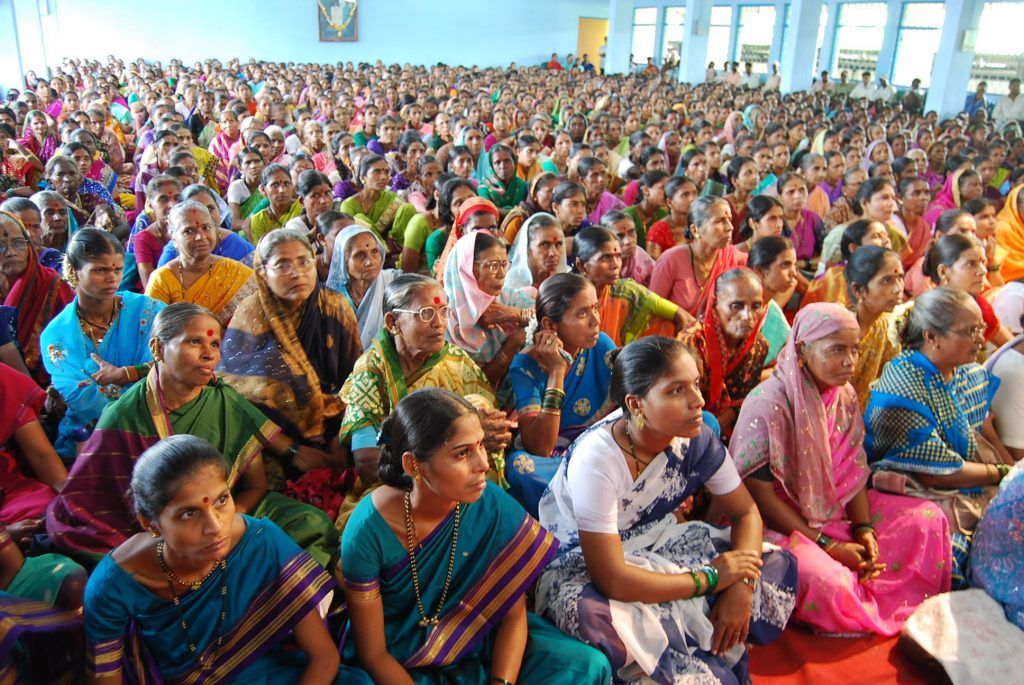Women Empower One Another
Jan 18, 2019 • 3 views
Women empowerment means emancipation of women from the vicious grips of social, economical, political, caste and gender-based discrimination. It means granting women the freedom to make life choices. Women empowerment does not mean ‘deifying women’ rather it means replacing patriarchy with parity. In this regard, there are various facets of women empowerment, such as given hereunder —
Human Rights or Individual Rights: A woman is a being with senses, imagination and thoughts; she should be able to express them freely. Individual empowerment means to have the self-confidence to articulate and assert the power to negotiate and decide.
Social Women EmpowermentA critical aspect of social empowerment of women is the promotion of gender equality. Gender equality implies a society in which women and men enjoy the same opportunities, outcomes, rights and obligations in all spheres of life.

Educational Women EmpowermentIt means empowering women with the knowledge, skills, and self-confidence necessary to participate fully in the development process. It means making women aware of their rights and developing a confidence to claim them.
Economic and occupational empowermentIt implies a better quality of material life through sustainable livelihoods owned and managed by women. It means reducing their financial dependence on their male counterparts by making them a significant part of the human resource.
Legal Women EmpowermentIt suggests the provision of an effective legal structure which is supportive of women empowerment. It means addressing the gaps between what the law prescribes and what actually occurs.
The position of Women in India: Women were denied the right to education and widow remarriage. They were denied the right to inheritance and ownership of property. Many social evils like child marriage and dowry system surfaced and started to engulf women. During Gupta period, the status of women immensely deteriorated. Dowry became an institution and Sati Pratha became prominent.
During the British Raj, many social reformers such as Raja Rammohun Roy, Ishwar Chandra Vidyasagar, and Jyotirao Phule started agitations for the empowerment of women.
Current Scenario onWomen Empowerment-. Based on the ideas championed by our founding fathers for women empowerment, many social, economic and political provisions were incorporated in the Indian Constitution. Women in India now participate in areas such as education, sports, politics, media, art and culture, service sector and science and technology. But due to the deep- rooted patriarchal mentality in the Indian society, women are still victimized, humiliated, tortured and exploited. Even after almost seven decades of Independence, women are still subjected to discrimination in the social, economic and educational field.
Major landmark steps taken for women empowerment.- Provisions made under the Constitution of India such as: Right to equality under Article 14 of the Indian Constitution guarantees to all Indian women equality before law; Equal pay for equal work under Article 39(d), guards the economic rights of women by guaranteeing equal pay for equal work; and Maternity Relief under Article 42, allows provisions to be made by the state for securing just and humane condition of work and maternity relief for women.

Acts like the Dowry Prohibition Act, 1961, prohibits the request, payment or acceptance of a dowry.
Various Government Policies and Schemes-. The Government of India is running various welfare schemes and policies, both at State and Central levels for the empowerment of woman. Some of the major programs and measures include Swadhar (1995), Swayam Siddha (2001),etc.
Thus, there has been no dearth of social, economic, political, legal and Constitutional efforts made for the empowerment of women both prior to and post-Independence. However, women in India continue to face atrocities such as rape, dowry killings, acid attacks, human trafficking, etc. According to a global poll conducted by Reuters, India is the “fourth most dangerous country in the world for women”.
